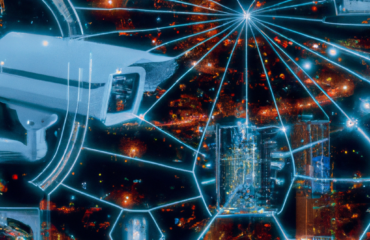At bluepolicy, we are passionate about empowering Computer Vision with cutting-edge AI, delivering customer-tailored solutions to optimize processes in industry and research. We believe that harnessing the power of automation and Artificial Intelligence is the key to future growth and innovation. We are excited to bring you news of a revolutionary development in the field of object detection – YOLO-NAS.
Introduced by Deci.ai, YOLO-NAS is a new state-of-the-art object detection model that was released on May 9, 20231. This model is designed to redefine object detection, pushing the boundaries of real-time object detection capabilities. It addresses the limitations of previous models and incorporates recent advancements in deep learning. The result? Unparalleled accuracy and speed, outperforming even the well-known YOLOv6 & YOLOv8 models1.
The „NAS“ in YOLO-NAS stands for Neural Architecture Search, a technique that automates the design process of neural network architectures. Instead of relying on human intuition and manual design, NAS uses optimization algorithms to discover the most suitable architecture for a given task. This approach aims to strike the best balance between accuracy, computational complexity, and model size1.
YOLO-NAS models were constructed using Deci’s AutoNAC NAS technology, which was used to ascertain the optimal sizes and structures of stages. The process involved an extensive search space, taking into account all components in the inference stack, including compilers and quantization, and honing in on the „efficiency frontier“ to find the best models1.
Three YOLO-NAS models have been released that can be used in FP32, FP16, and INT8 precisions, and the model architectures are currently available under an open-source license1. This breakthrough is a significant advancement in the field of Computer Vision, especially for real-time object detection.
In terms of the training process, the models underwent a thorough training regimen. The details of the entire process have not been fully declared, but it’s known that the models were pre-trained on the Object365 benchmark dataset and then underwent another pretraining round after „pseudo-labeling“ 123k COCO unlabeled images. Knowledge Distillation (KD) & Distribution Focal Loss (DFL) were also incorporated to enhance the training process of YOLO-NAS models1.
In performance tests on the RoboFlow100 dataset, YOLO-NAS demonstrated its ability to handle complex object detection tasks, outperforming other YOLO versions by a considerable margin1.







